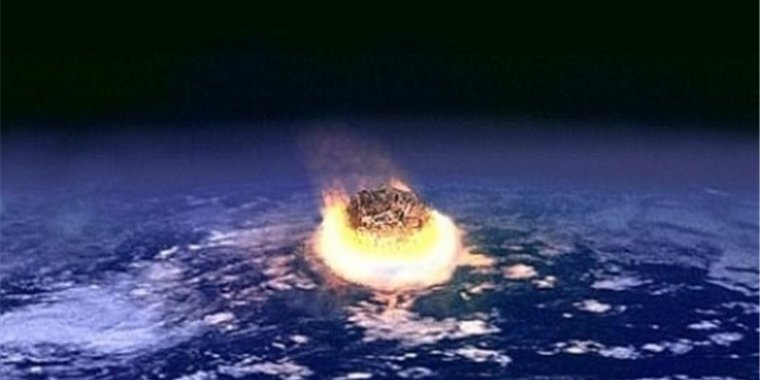| News / Science News |
Huge Haul of Extraterrestrial Material Recovered from Iranian Desert
A scientist who found fame recovering a meteorite that crashed into Russia in 2013 has found 13 kilograms of meteorite-like material in Iran’s Lut desert.

Huge Haul of Extraterrestrial Material Recovered from Iranian Desert. ![]()
The arid conditions and unique landscape of the desert helped to preserve the unique meteorite matter, which is believed to originate from the birth of our solar system around 4.5 billion years ago.
The group of four geologists from Ural Federal University set out for the Lut desert, or Dasht-e-Lut, in search of evidence of meteorites - similar to the one that crashed to earth in an impressive fireball over the Russian town of Chelyabinsk in 2013.
The team, who all work for the Extra Terra Consortium laboratory, found 13 kilograms of meteorite-like material, with around 80 percent of the samples recovered believed to be of extraterrestrial origins.
It is thought that the fragments may have been part of a meteor shower, as at least 10 of the 70 samples collected belong to the same type of meteorite.
Half of the fragments found will remain in Iran, with the other half already back at the test lab in Russia. (Tasnim News Agency)
YOU MAY ALSO LIKE





